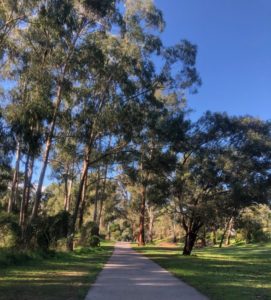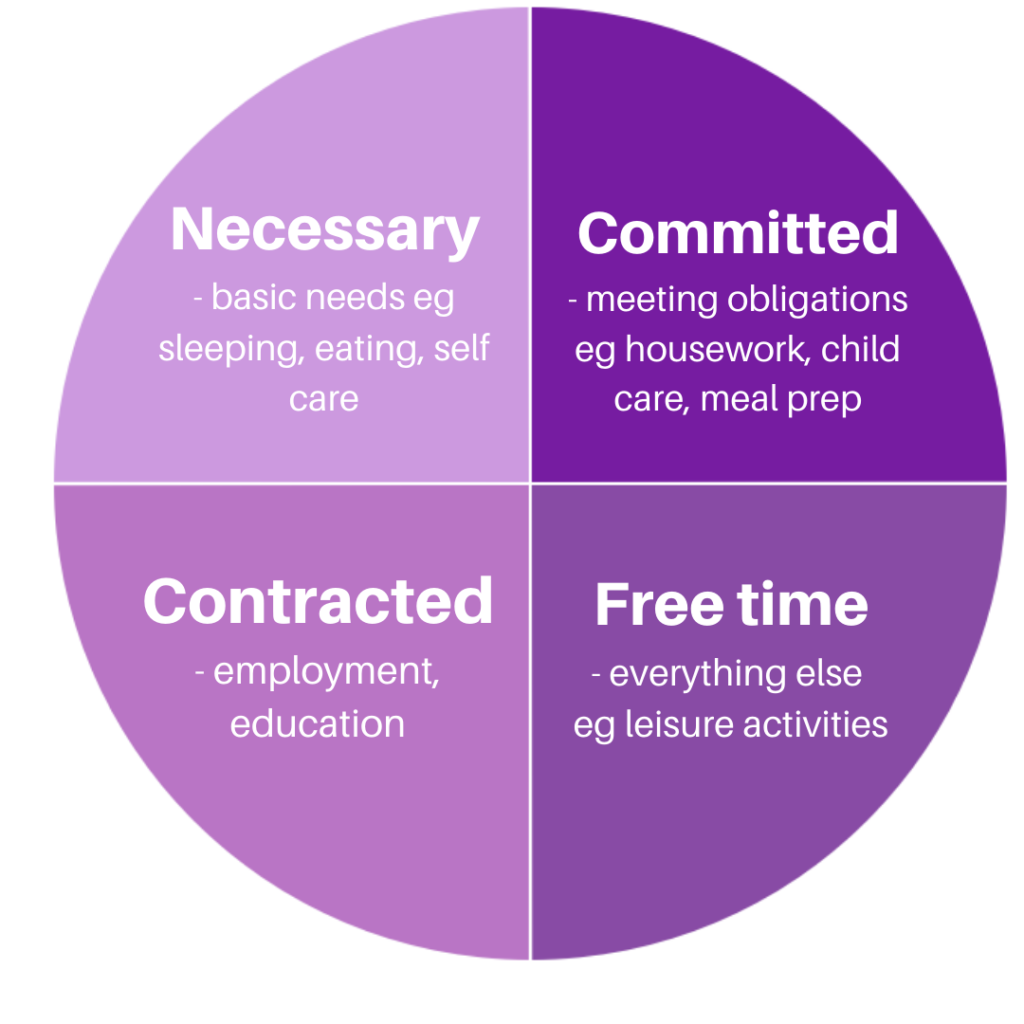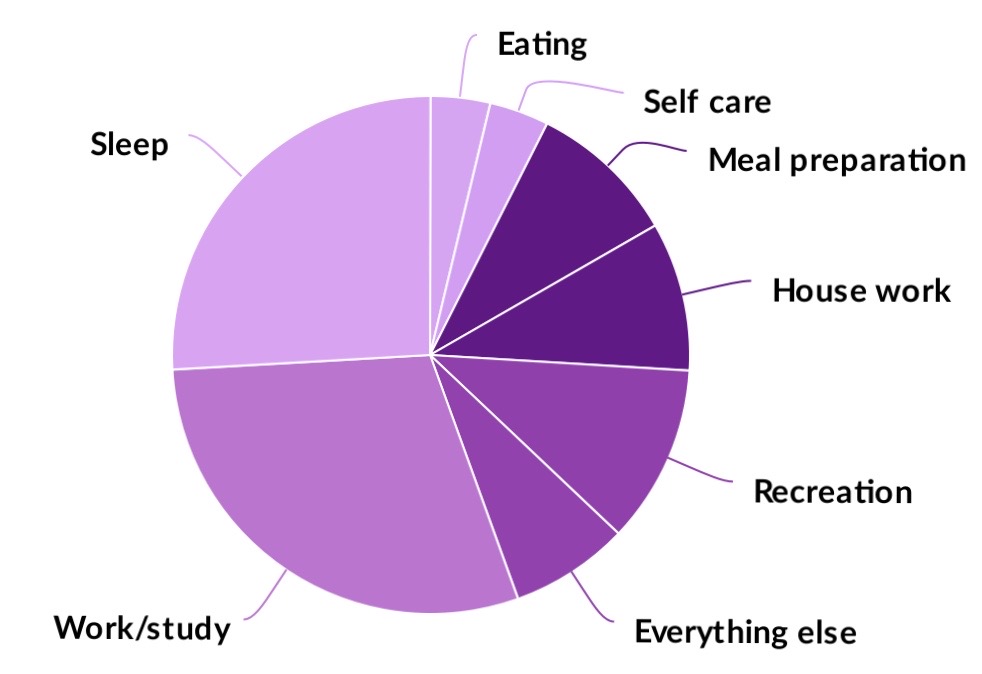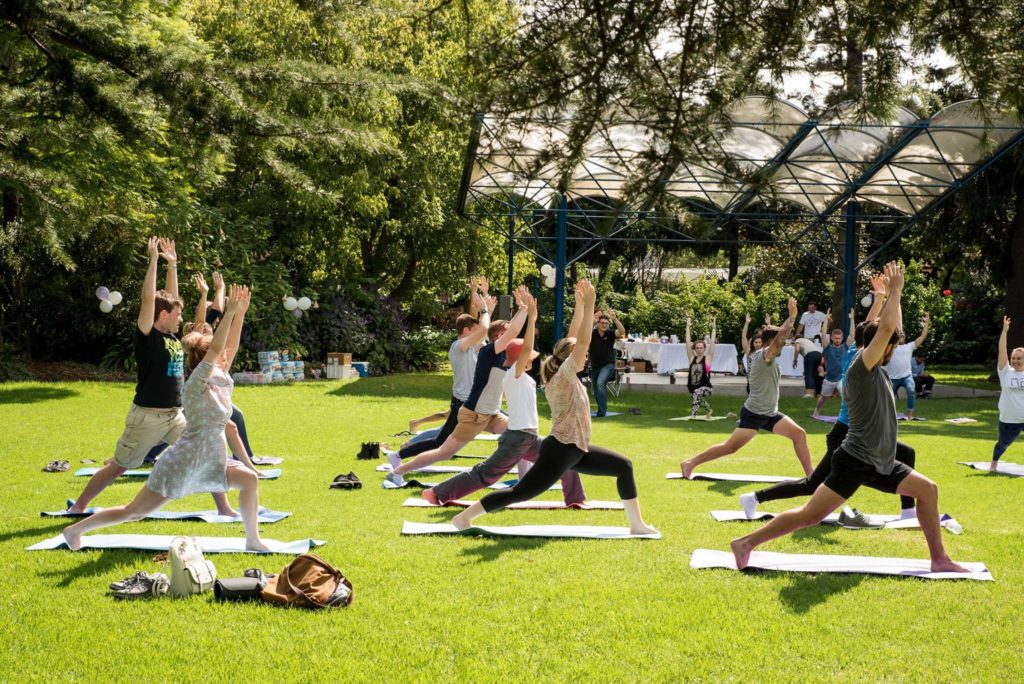Uncategorized
Maintaining lifestyle balance to strengthen your wellbeing
What does wellbeing mean to you?
Wellness means different things to different people. We all have different interests, goals and personalities, so we all look through a different lens when considering wellbeing.
For some, wellness may mean being physically fit, for others it may mean feeling calm and content. There are no wrong answers when answering the question of what wellbeing means to you. It’s personal, complex and variable.
Everyone has different methods of supporting their wellbeing. This could be having some down time, participating in relaxing activities such as going for walks, listening to music, yoga, meditation, pottery or painting. Alternatively, it could be engaging in more vigorous activity like boxing or running. Some like to focus on eating well and having a consistent routine to care for their wellbeing.

Maintaining balance
Have you thought about the level of balance in your life and how this relates to your wellbeing?
Consider the things you do each day in these 4 categories of activity:

What does your pie chart look like? Do you have a long list of committed activities and little free time activities? Do you have too much unstructured free time?
Does it look something like this? What activities are most important to you?

“Moderation in all things leads to a happy, healthy life”
– (Harvey & Pentland, 2004, p210)
Research suggests balancing between a range of necessary, committed, contracted and free time activities has a direct, positive impact on self-reported health and wellbeing. It has been consistently found across several studies that when work and study (contracted activity) spill over into other areas of life, negative consequences result. Also, studies have found that poor mental health is often linked with either high or low levels of activity requirements and structured time, emphasising the importance of balanced activity.
Reflecting on your lifestyle balance regularly is important as it is continuously changing. As our priorities change, we withdraw from some activities and engage in new ones.
If you have too many contracted or committed activities in your pie chart, this may cause stress. On the other hand, if you have too much unstructured free time in your pie chart, you may feel as though you are lacking purpose and meaning in your life.
While it is not realistic to achieve a complete state of balance, it may be useful to notice the effects of imbalance and reorganise your activities where necessary.
Take a moment to think about the balance in your life and the small changes you could make to improve your wellbeing.
We would love to hear from you and the activities that help you to maintain your wellbeing! Send us your photos to any of our social media pages. You can find us on our Facebook page and on instagram at @thechristinaghobadifoundation.
If you are considering applying for a wellness grant from the Christina Ghobadi Foundation but are not sure how you would spend it, please don’t hesitate to contact us. We are here to provide ideas and inspiration to help you find the right activity to help you to maintain a sense of balance in your life and strengthen your wellbeing.
You can find out more about our grants at https://cgfoundation.org.au/receive-a-grant/
Written by Jacinta Mckeon – Master of Occupational Therapy Student
References:
1. Backman, C. L. (2009). Occupational balance and wellbeing. In C. Christiansen, & E, Townsend. (2014). Introduction to occupation : The art and science of living (Second edition, p209-227). England: Pearson Education Limited
2. Bhopti, A., Brown, T., & Lentin, P. (2020). Opportunities for participation, inclusion and recreation in school-aged children with disability influences parent occupations and family quality of life: A mixed-methods study. British Journal of Occupational Therapy, 83(4), 204–214. https://doi.org/10.1177/0308022619883480
3. Greenhaus, J., Collins, K., & Shaw, J. (2002). The relation between work-family balance and quality of life. Journal of Vocational Behavior, 63, 510-531.
4. Jonsson, H., Borell, L., & Sadlo, G. (2000). Retirement: An occupational transition with consequences for temporality, balance and meaning of occupations. Journal of Occupational Science, 7, 29-37.
5. Harvey, S. A., & Pentland, W. (2004). What do people do? In C. Christiansen, & E, Townsend. (2014). Introduction to occupation : The art and science of living (Second edition, p79-114). England: Pearson Education Limited
6. Matuska, K. M. & Christiansen, C. H. (2008). A proposed model of lifestyle balance, Journal of Occupational Science, 15:1, 9-19, doi: 10.1080/14427591.2008.9686602
7. Zuzanek, J. (1998). Time use, time pressure, personal stress, mental health and life satisfaction from a life cycle perspective. Journal of Occupational Science, 5, 26-39.
Enjoy reading this?
Join our newsletter today!

